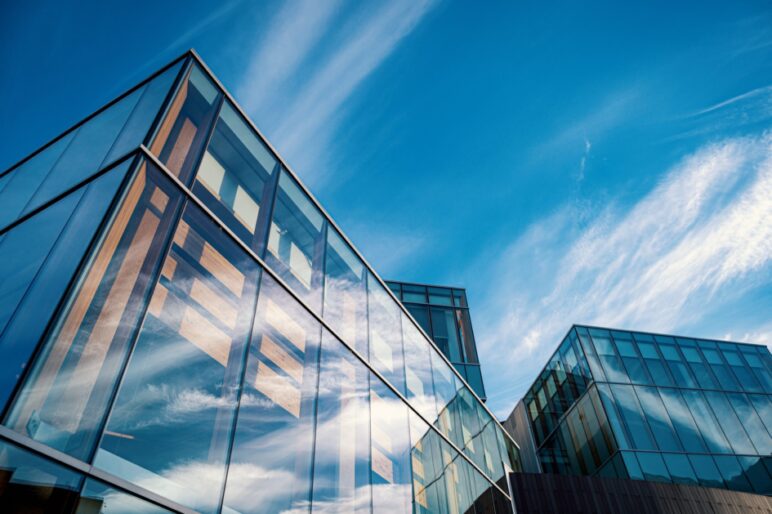Many building operators are looking to lower their carbon footprint and go greener, and products like smart glass can help you get there. On average, buildings make up 27 per cent of annual global carbon dioxide emissions, but there are products out there that can help you save the environment – and money – over the long haul.
What is smart glass?
This innovative product is also called dynamic glass, which means that its tint level can be automatically adjusted. It works with thin layers of metal oxide, which change the tint levels when electricity is applied to those layers, causing the ions to move within them.
What it means for your building
According to studies, incorporating smart glass in your building could mean about a 20 per cent savings on your heating and cooling bill. Allowing the glass to make the most of natural light is the key. When you want more natural light to come in to heat the building, you can limit the tint. Conversely, increased tint in the summer months, as the sun is hitting the building, means some solar radiation is blocked, reducing the heat coming in.
Essentially, it’s an aid to your heating and cooling system, helping to offset some of your heating and cooling costs – and by allowing for HVAC system to work smarter, it also alleviates some of your equipment costs. Smart glass can help the overall load, too. If more buildings in the area invest in that system, together you can help offset the load during peak times, lessening the burden on the grid.
This technology is still evolving, adding access to the cloud to allow users the ability to monitor and adjust the tint remotely. This part of the innovation also helps users get smarter with their green initiatives, providing data to become even more efficient.
Smart glass could help you save time and money on cleaning and maintaining the interior of your building, as well, because it may eliminate the need for blinds or shades throughout your building.
What’s the downside? As always, new tech can be costly; depending on your building, this may be a large-scale project. However, keeping your eye on technology like smart glass allows you to plan and budget accordingly over time.
Lowering your building’s carbon footprint by investing in technology like smart glass puts you ahead of the curve, allowing you to go greener while lowering some of your costs over the long run.









